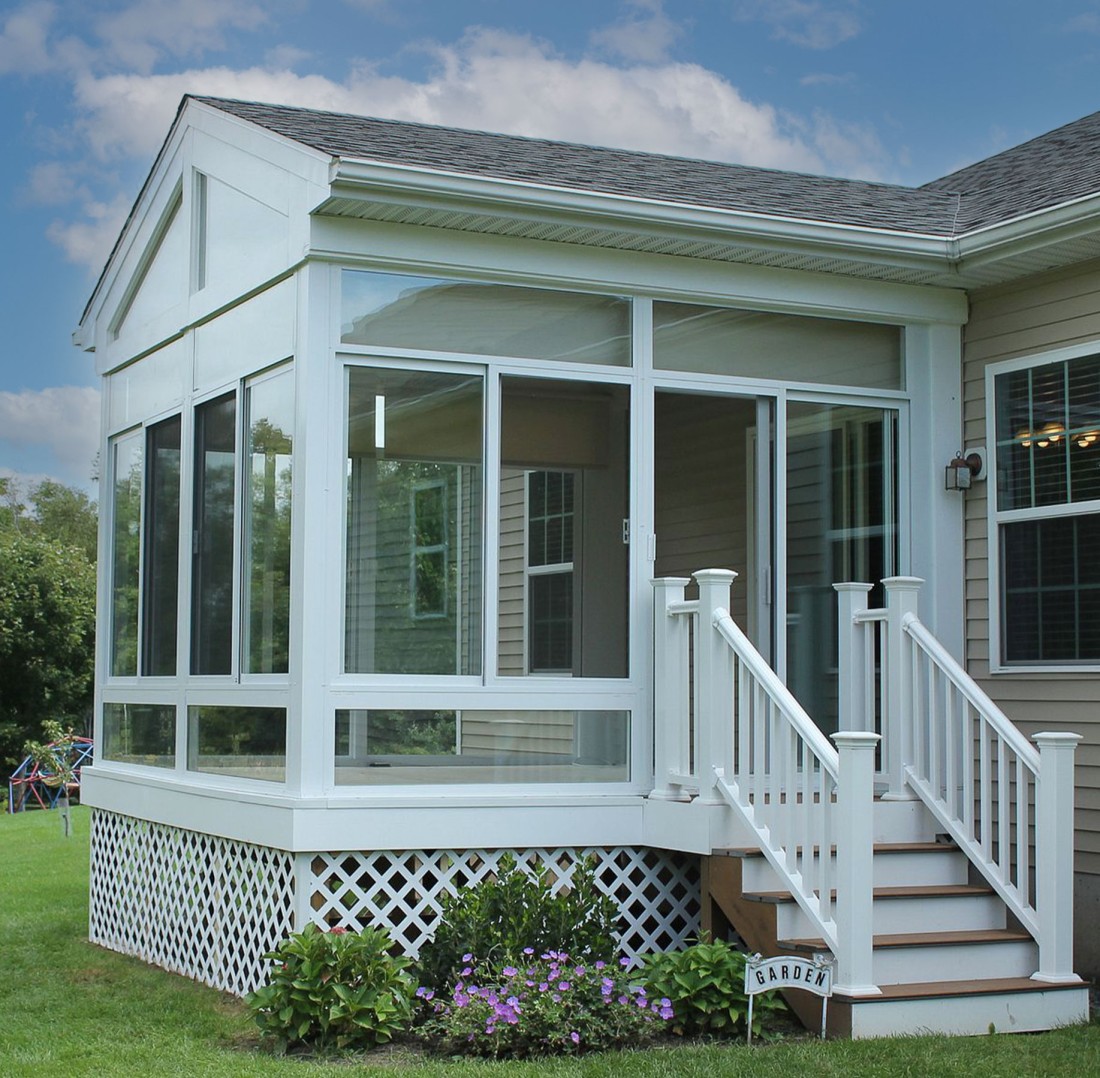
Residential Construction Frequently Asked Questions
At Marshall Exteriors, we understand that you may have questions about our services, processes, and what to expect when working with us. That's why we've put together this General FAQs page, designed to address some of the most common inquiries we receive from clients like you. Browse through the frequently asked questions below to find the answers you need, and if you still have any concerns or require additional information, feel free to contact our team directly. We're always here to help and guide you through your home renovation journey.
Get in Touch Contact us at
Contact us at 


